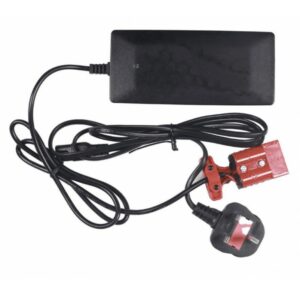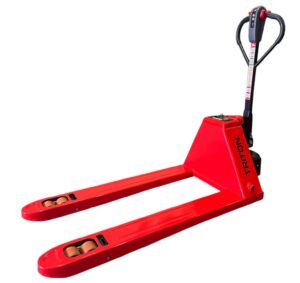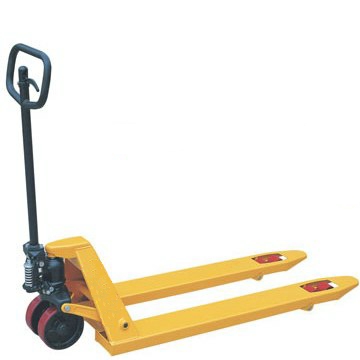Pallets and pallet trucks have been a significant influence on the way materials are handled, stored, transported and delivered across the world. Their evolution over the past one hundred years has played a huge part in the development of factories, warehouses, distribution centres, building sites and other industrial workplaces, which now come to rely heavily on pallets and the trucks used to transport them.
Phil Chesworth, Director of Midland Pallet Trucks, the UK’s leading supplier of pallet trucks of all types, says, “The way in which pallets and pallet trucks have evolved in the past century has been integral to the development of many industries as we know them. From basic wooden skids to sophisticated pallets, and from the early versions of pallet trucks to the highly advanced versions we used today, their progress and advancement has revolutionised how we transport and deliver goods across the globe.”
The very first pallets were introduced to the world during the 1920s; before this time, wooden crates, boxes and barrels were generally the transportation and storage method for many products. Wooden pallets and skids were essentially made of stringers attached to a top deck; then with the invention of more sophisticated trucks, adjustments were made. Spacers were added between loads, boards were added on top of stringers to make skids, and boards were eventually secured to the bottom in 1925, creating what is essentially the pallet in its most popular form today. The two decks allowed for even weight distribution, and much less products were damaged in the unloading process.
In the 1930s, it would take around 3 days to unload 13,000 cases of canned goods without the help of pallets or trucks. Ten years later, industrial workers had this time down to four hours, with the help of the newly-popular pallets and the trucks which were growing in significance. Forklift trucks grew popular, but required specialist skills to operate, and often cost much more. Hand pallet trucks become the transportation method of choice for the pallets which were now in their final form. Hand-pumped pallet jacks were the easiest and most convenient way for employees within warehouses and factories to transport goods from A to B and from loading bays to distribution. They could handle the weight of up to 1,500kg and companies which made use of these trucks found their costs falling and their productivity rising.
Nowadays, the joint evolution of the pallet and the pallet truck has resulted in a well-oiled machine which ticks over in industrial settings across the country. Pallets have remained as successful as ever, with their wooden construction remaining cheap and easy to use, and their universal measurements meaning exportation has never been easier. The trucks have adapted to fulfil a greater criteria; now there are integrated weighing scales, high-lift facilities and even trucks which can navigate rough terrain or adverse conditions. The evolution of the pallet may have reached its most successful form, but its partner, the pallet truck, is always advancing.
























